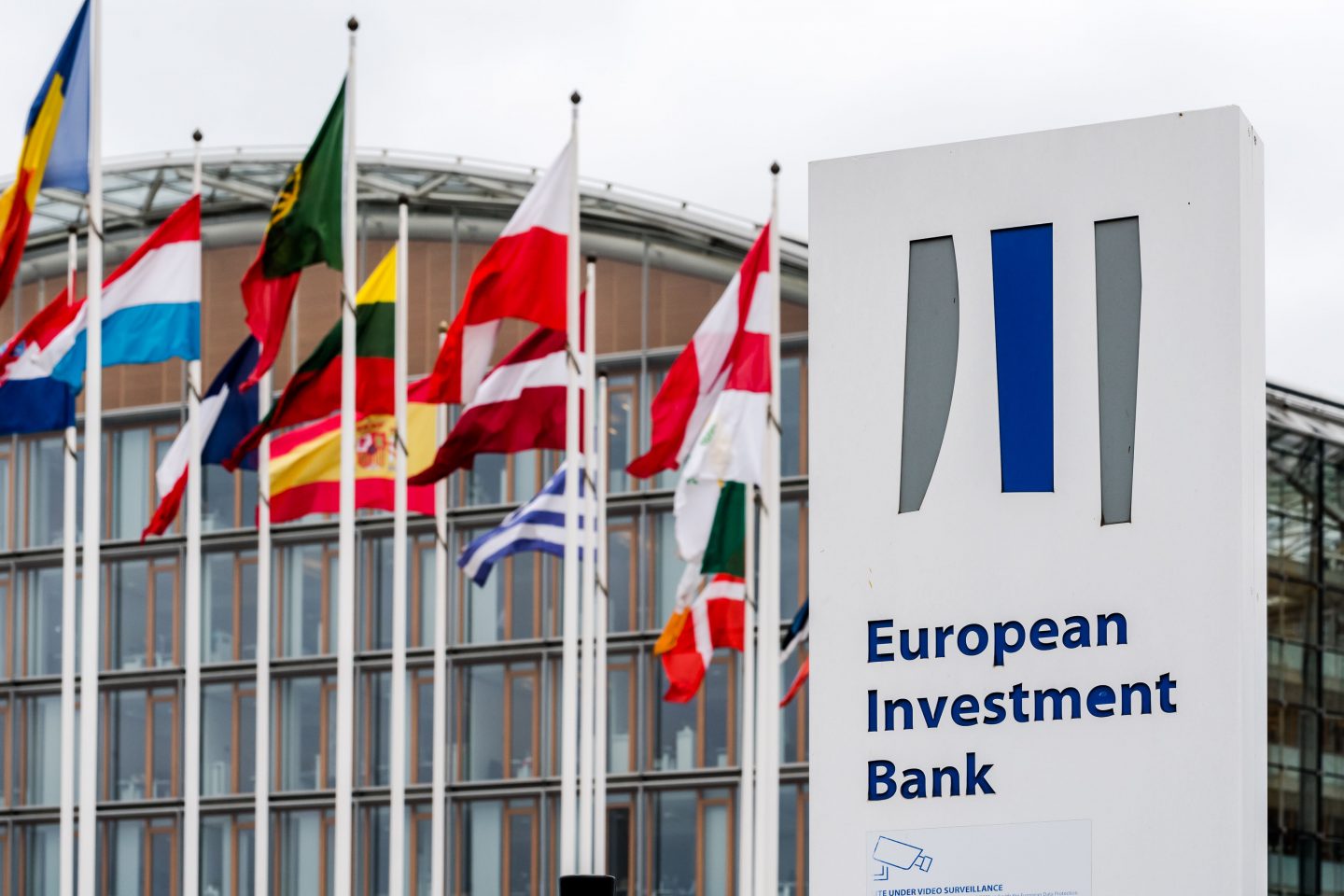Global investments in the clean energy transition hit $1.1 trillion in 2022, equalling for the first time the amount invested in fossil fuel production, according to an analysis from. China outperformed all nations in terms of clean energy investment in 2022, spending $546 billion, nearly half of the global total. BloombergNEF.
US has approved a $500 billion green spending package to curb climate emissions and Japan layed out a plan to issue $150 billion in “green transition” bonds. The EU unveiled this month its own $270 billion plan to subsidize Europe’s green industry.
Renewables are the cheapest and cleanest energy available, and can be generated domestically, reducing our need for energy imports. The European Commission is proposing to increase the EU’s 2030 target for renewables from the current 40% to 45%. The REPowerEU Plan would bring the total renewable energy generation capacities to 1,236 GW by 2030, in comparison to the 1,067 GW by 2030, envisaged under Fit for 55 for 2030.
The EU Solar Energy Strategy will boost the roll-out of photovoltaic energy. As part of the REPowerEU plan, this strategy aims to bring online over 320 GW of solar photovoltaic newly installed by 2025, over twice today’s level, and almost 600 GW by 2030. These frontloaded additional capacities displace the consumption of 9 bcm of natural gas annually by 2027.
Member States can use the remaining RRF loans (currently €225 billion) and new RRF grants funded by the auctioning of Emission Trading System allowances, currently held in the Market Stability Reserve, worth €20 billion.
Discover more from Green Innovation News
Subscribe to get the latest posts sent to your email.





